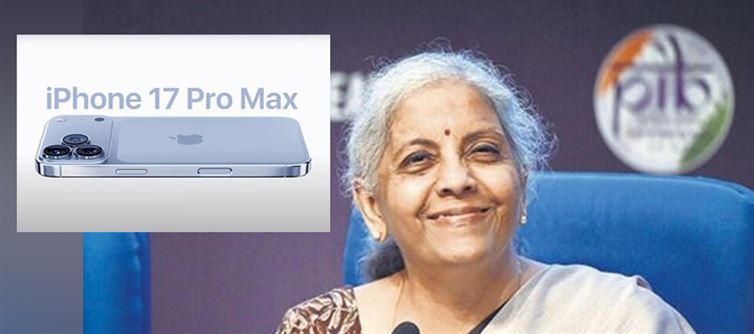
When you break down the numbers, the case becomes even clearer. A round-trip flight from mumbai to dubai can be booked for around ₹14,000, a tourist visa costs about ₹4,000, and a decent one-night hotel stay might set you back ₹3,000 — totaling roughly ₹21,000. Even after these travel costs, you would still be saving around ₹25,000 compared to the indian retail price. However, there’s a catch — indian customs regulations allow you to bring in goods worth up to ₹50,000 duty-free. Anything above that attracts around 36% duty, which in this case could add roughly ₹18,000 if the phone is declared. This reduces the savings but still leaves you ahead financially.
This situation has become a symbol of the excessive tax burden faced by indian consumers, particularly for premium goods. Many argue that instead of encouraging citizens to spend abroad, the government should revisit its tax structure to make high-end electronics more affordable domestically. The current pricing disparity not only fuels cross-border shopping but also boosts grey market imports, which can lead to lost tax revenue and harm authorized retailers. For everyday buyers, it underscores a broader frustration — that in India, taxes on certain products are so high that an international trip can actually be a cost-saving exercise.




 click and follow Indiaherald WhatsApp channel
click and follow Indiaherald WhatsApp channel